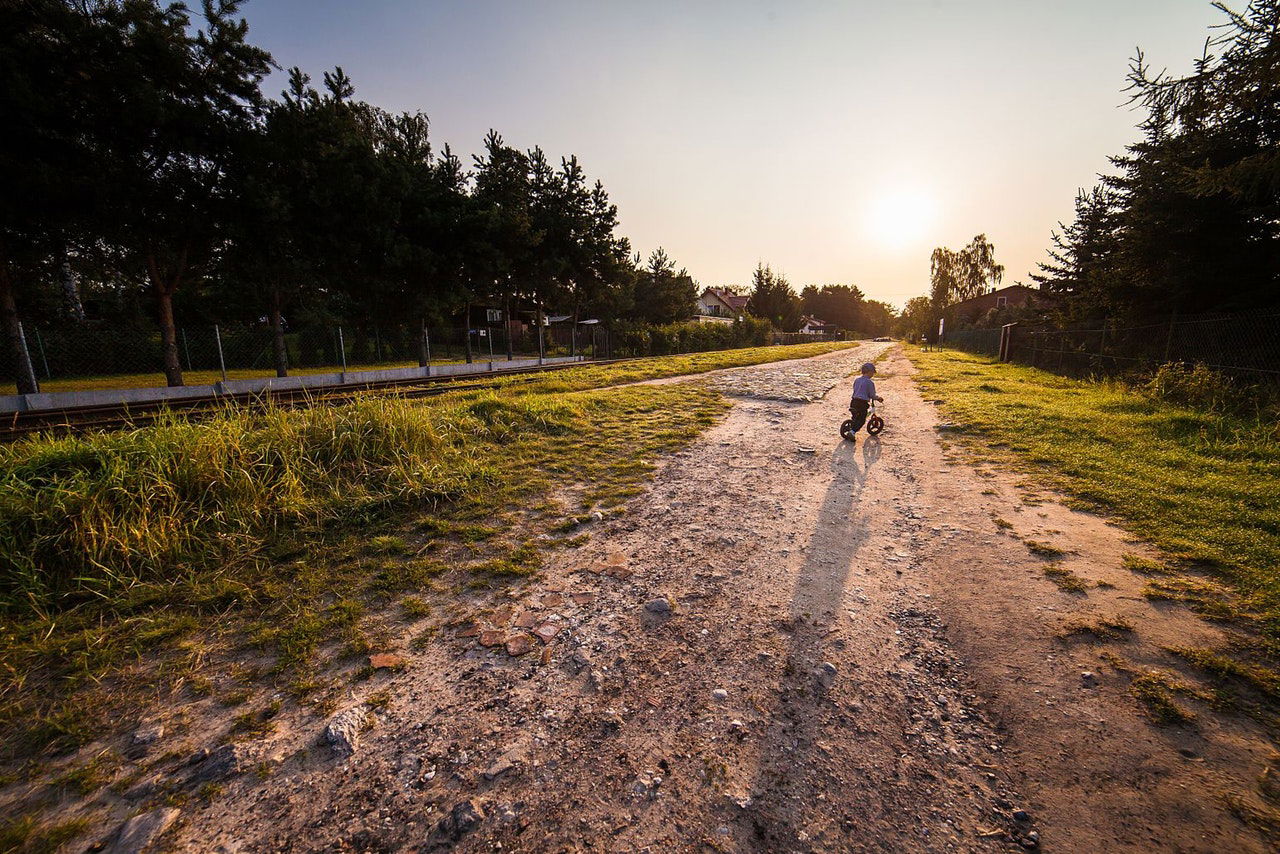Highlights
When you spend a lot of time reading and writing about American families, it's easy to focus on the bad news: high rates of family instability, widespread financial difficulties in the wake of the recession, expensive government-supported programs with disappointing results . . . So it's good to be reminded that despite the negative trends we often document here, families are much better off today than in the past by certain measures. Specifically, they're far less likely to experience the death of a child than they were a century ago.
As Sara Rosenbaum and Robert Blum document in a new Future of Children article, improvements in child survival during the twentieth century "are nothing short of breathtaking":
In 1910, the infant mortality rate was 127.6 per 1,000 live births; by 2012, the rate had dropped to 6 deaths per 1,000 live births. The same improvement is evident in the case of mortality involving children under five years of age. In 1910, mortality among young children stood at 403.6 deaths per 100,000 children; by 2012, this figure had fallen to 7.1.
Similar trends are evident among older kids and adolescents. Thanks to vaccines, antibiotics, better sanitation and access to healthy food, and other forms of progress in medicine and technology, the death of a child in the U.S. is now a mercifully rare event, by historical standards.
These days, Rosenbaum and Blum write, the greatest threats to children's long-term health and well-being are not infectious diseases, which in the past often proved fatal, but social and environmental factors. And the news on that front is less encouraging. Recent studies show that "adverse childhood experiences" such as physical and sexual abuse, parental substance addiction, parental break-up, and exposure to domestic violence are linked to worse physical and mental health outcomes for kids not only in childhood but throughout their lives. In particular, per Rosenbaum and Blum, there are "strong associations between adverse childhood experiences and adult cancers, sexually transmitted infections, ischemic heart disease, and hepatitis. In fact, children who have adverse childhood experiences show a risk of subsequent disease approximately two to four times as high as children who did not have such experiences."
Furthermore, unlike infectious diseases, which struck children across the socioeconomic spectrum, adverse childhood experiences are more common among poor families, racial minorities, and unstable families, who are already struggling with other problems. (That's partly by definition, since parental divorce/break-up is an adverse childhood experience, but children in unstable families are also more likely to exposed to the other problems, such as domestic violence.)
If an ounce of prevention is worth a pound of cure, then ensuring the long-term health and flourishing of children requires, among other things, bolstering family stability, fighting poverty, preventing domestic violence and child abuse, and closing racial gaps. Those have all proven a lot more complicated than giving a vaccine or prescribing a course of antibiotics. When it comes to promoting child health, it seems we've already harvested the low-hanging fruit.













